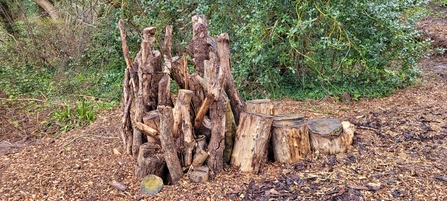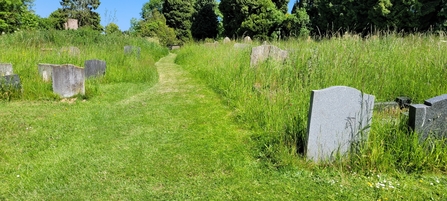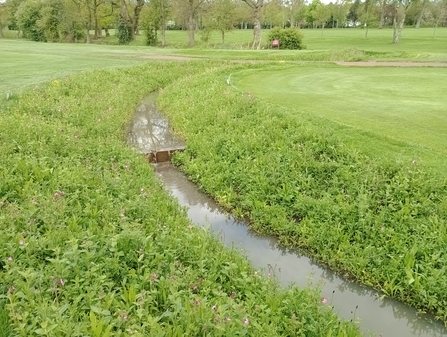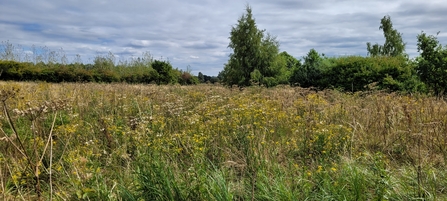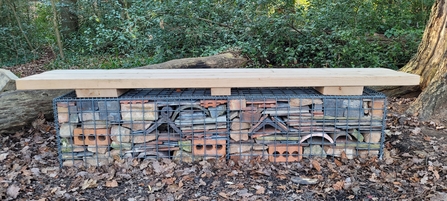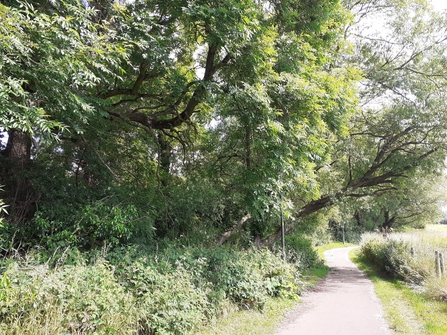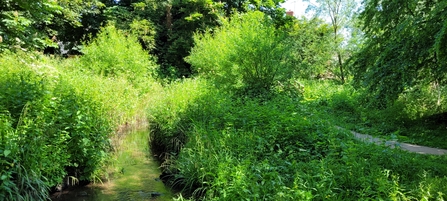Natural Networks, a partnership between Worcestershire Wildlife Trust and Worcestershire County Council, initially received funding from the European Regional Development Fund in 2018. The original three year project was so successful that it was extended to a five year project, which comes to an end this summer.
However, the partners have succeeded in pulling together funding in order to extend the project into 2025. This project has received £324,726 from the UK Government through the UK Shared Prosperity Fund.
The Natural Networks team works with landowners and provides match funding for work on their land that helps nature.
Over the last five years, Natural Networks has provided conservation advice on more than 2630 hectares of land right across Worcestershire. As a consequence, projects on more than 130 hectares have received funding to carry out the advice.
As part of the project:
- 27,700+ trees and shrubs have been planted
- 77,500+ bulbs and plug plants have been planted
- 800+ bird, bug and bat boxes have been erected
- 4,400+ metres of hedges have been planted
- 1,350+ metres of waterway have been enhanced
- 50+ ponds and wetlands have been created or enhanced
An independent evaluation of the first five years of the project concluded that for every £1 spent, £4.20 was gained in public benefits like clean air, better water quality and improved nature-based recreation opportunities for local people.
Colin Raven, Director of Worcestershire Wildlife Trust, commented “We’re delighted by the achievements of this successful project over the last five years.
“The statistics speak for themselves – more than 100,000 trees, shrubs, bulbs and plug plants are now in the ground, for example, all of which will provide food or shelter for wildlife and beautiful surroundings for people.
“Thank you to our partners, Worcestershire County Council and also to all the individuals, communities and groups who have worked with our teams to create amazing spaces for wildlife and for people.
“We’re looking forward to seeing what the next two years will bring.”
Councillor Richard Morris, Worcestershire County Council’s Cabinet Member for Environment, said “It’s fantastic that we’ve managed to secure funding to support such an important programme for a further two years.
“The programme has been a huge success since its launch five years ago and has helped develop and create many wildlife rich habitats across the county.
“I’d like to thank everyone involved in these works and look forward to us being able to support many more projects going forward.”
Below are just some of the 78 sites that received Natural Networks funding. More information and case studies can be found on the Trust's Natural Networks page.
Advice and support on applying for a Natural Networks grant can be found on Worcestershire County Council's Natural Networks page.



